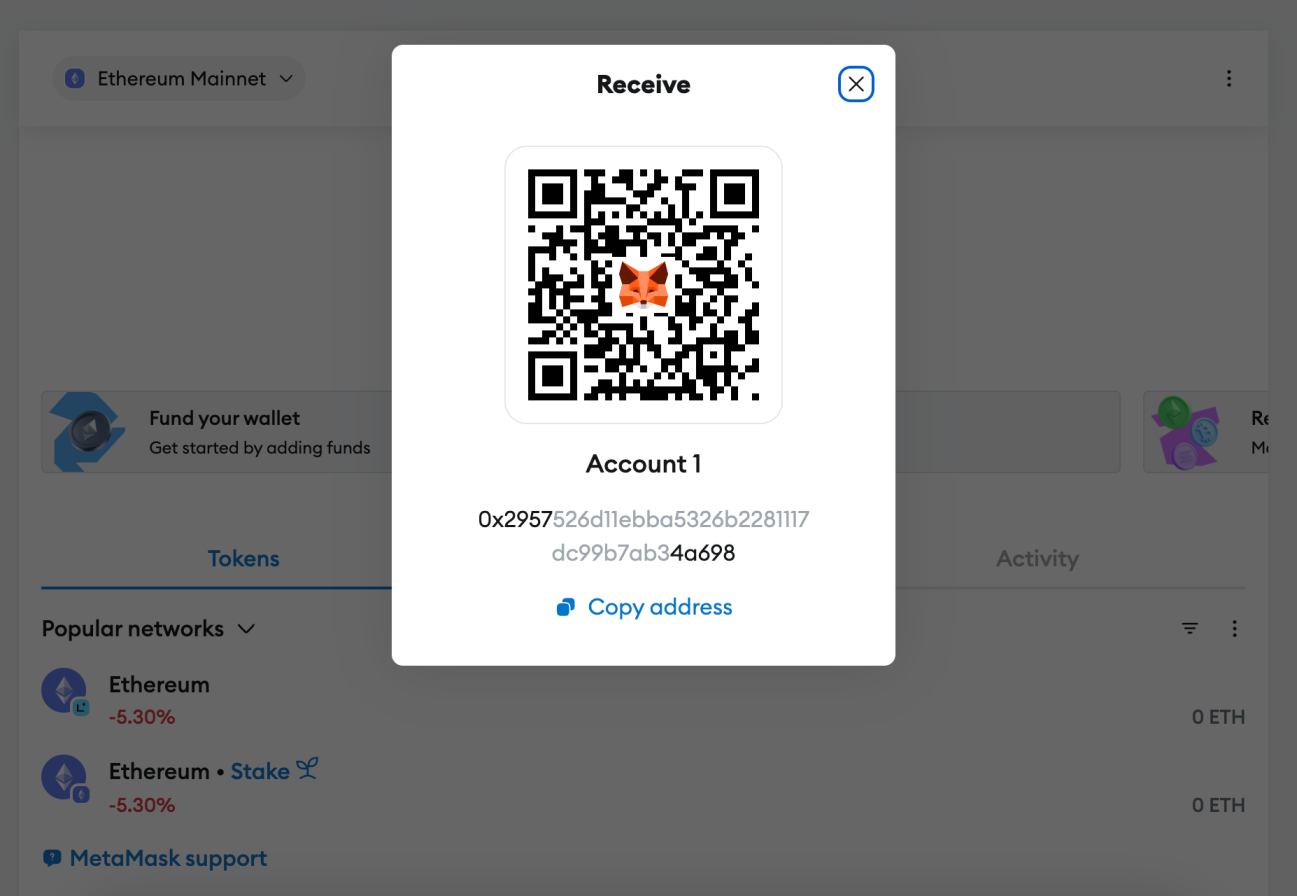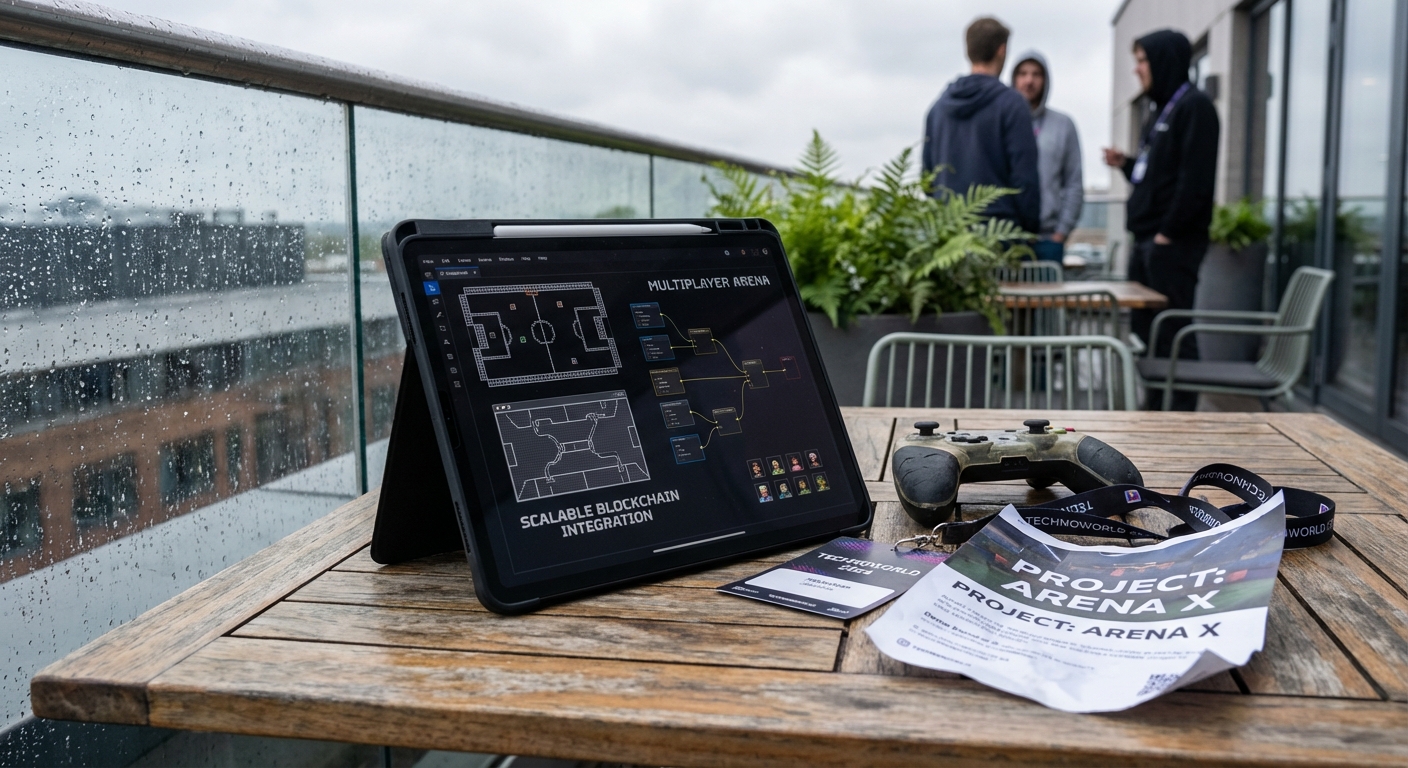Real-Time Strategy and Economics in Fully On-Chain Games: New Meta Trends
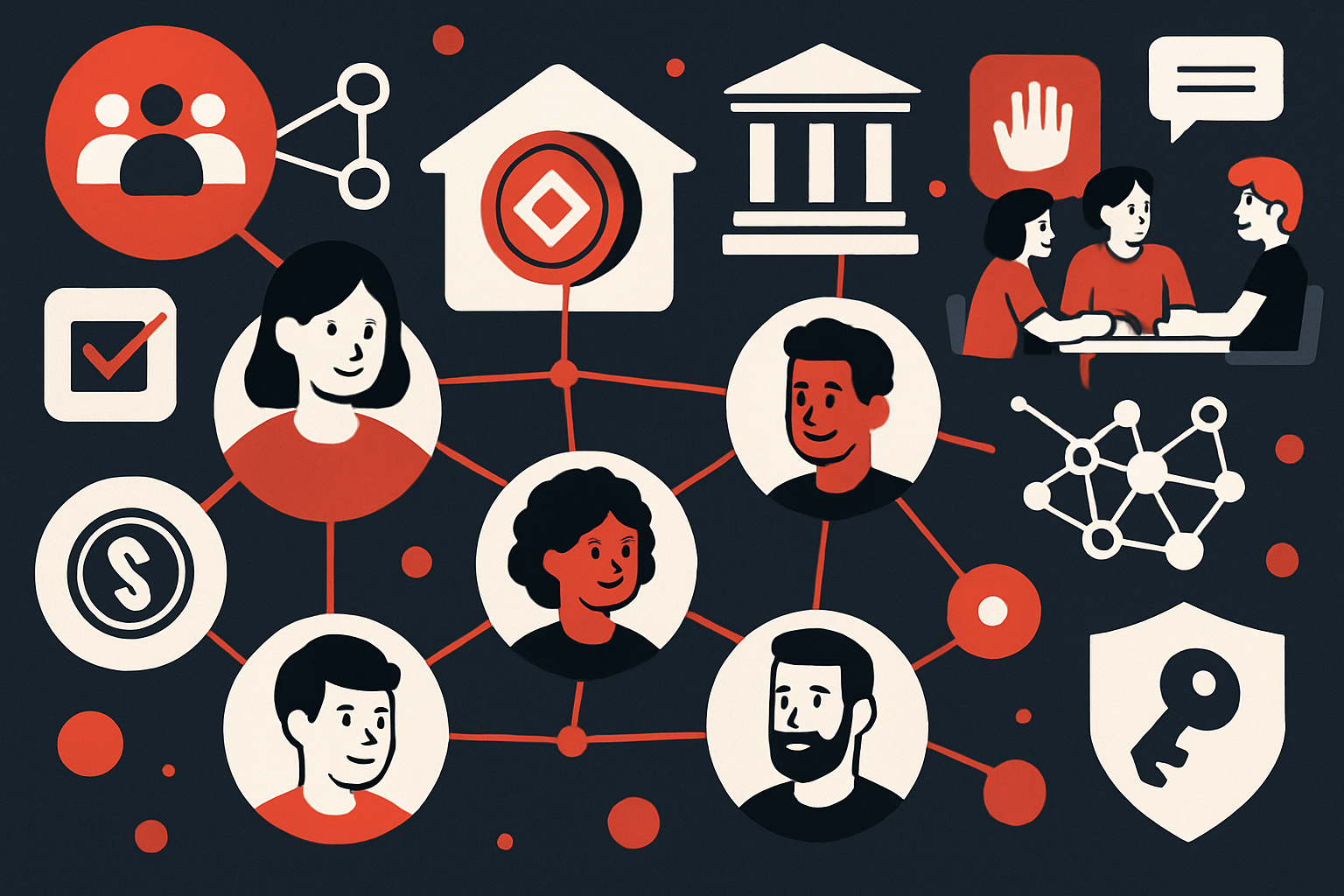
Fully on-chain games (FOCGs) are rapidly redefining the landscape of real-time strategy (RTS) and economic gameplay. By placing all game logic, assets, and state directly on blockchain networks, these games offer a level of transparency, digital ownership, and decentralization that traditional and even hybrid blockchain games simply cannot match. This new paradigm isn’t just a technical evolution, it’s a seismic shift in how players engage with strategy, economics, and game theory within digital worlds.

Real-Time Strategy on the Blockchain: Overcoming Latency and UX Barriers
Historically, the main barrier to real-time gameplay on-chain was latency. With every move as an on-chain transaction, delays were inevitable. However, the rise of advanced rollup architectures and account abstraction has dramatically reduced transaction times. For example, networks like Solana now boast transaction latencies as low as 15 milliseconds, making real-time gameplay not only feasible but competitive with traditional RTS experiences. Games such as Darkforest have leveraged these breakthroughs to deliver dynamic, persistent worlds where every player action is recorded and validated on-chain in real time.
This technical leap is more than just a backend improvement. It unlocks new creative possibilities for developers using frameworks like MUD and Dojo, who can now design intricate, responsive worlds where strategic decisions and economic actions have immediate, immutable consequences. The result: a new meta for RTS gaming, where transparency and fairness are hardcoded into the system.
Economics Reimagined: Player-Driven Markets and True Digital Ownership
Perhaps the most disruptive aspect of FOCGs is their economic architecture. By integrating NFTs and tokenized assets, these games grant players genuine ownership over in-game items, currencies, and even land. Unlike traditional closed economies, FOCGs enable open trading, cross-game interoperability, and real-world value extraction. In titles like “Supersize, ” players can stake tokens to enter matches, compete in real-time strategy scenarios, and settle scores in tokens upon exit, mirroring the excitement and risk-reward dynamics of financial markets.
These innovations are not theoretical. As detailed in recent analyses, player-driven economies are already thriving in several flagship on-chain games. This shift empowers players to become active market participants, speculators, and even entrepreneurs within virtual worlds, blurring the lines between gameplay, investment, and social interaction.
Emerging Meta Trends: Accessibility, Interoperability, and Decentralized Governance
The evolution of real-time economics in on-chain games is also being shaped by several key meta trends:
Top Meta Trends in Fully On-Chain RTS & Economic Games
-
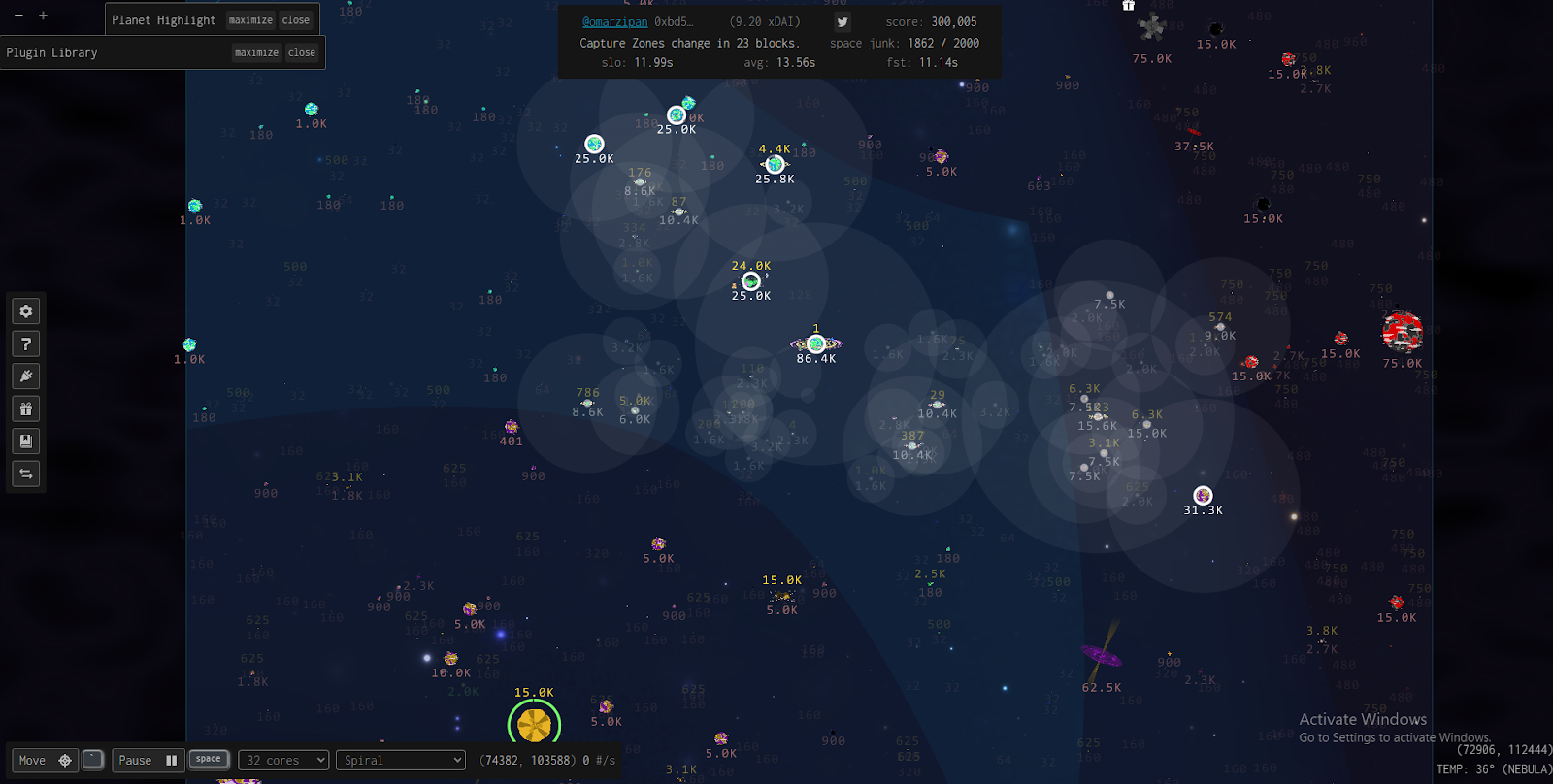
1. Real-Time, Low-Latency Gameplay Enabled by On-Chain TechnologyAdvancements like account abstraction and rollup architectures have dramatically reduced transaction latency (e.g., Solana achieving 15ms), making fully on-chain real-time strategy games such as Darkforest possible. Players now experience dynamic, real-time interactions that rival traditional gaming environments.
-
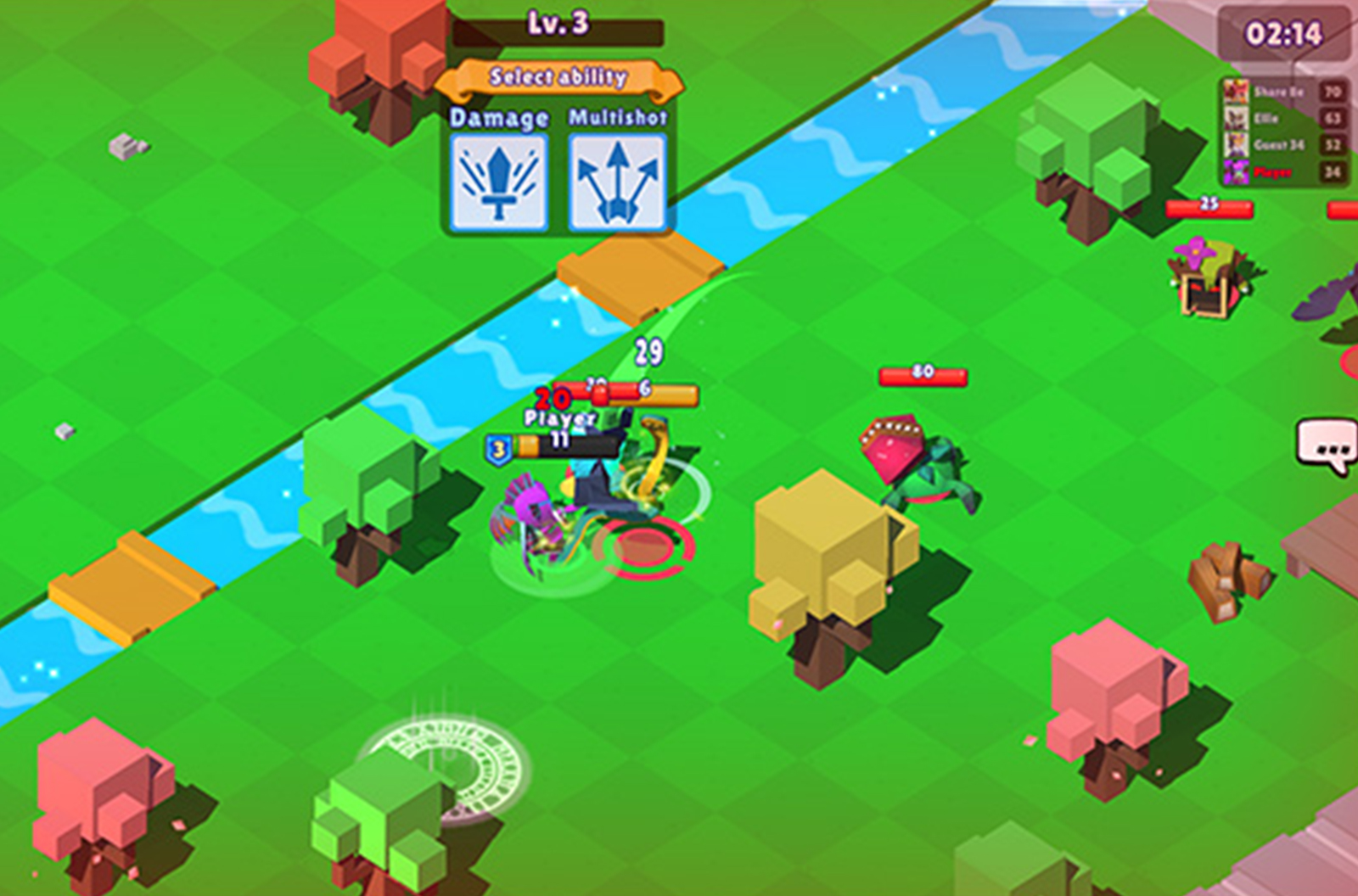
2. Player-Driven Economies and True Digital OwnershipFOCGs leverage NFTs and on-chain assets to grant players true ownership, enabling seamless trading and integration with real-world value. Games like Supersize and Huntertales exemplify this by allowing players to earn, trade, and monetize in-game assets, fostering robust, player-driven markets.
-
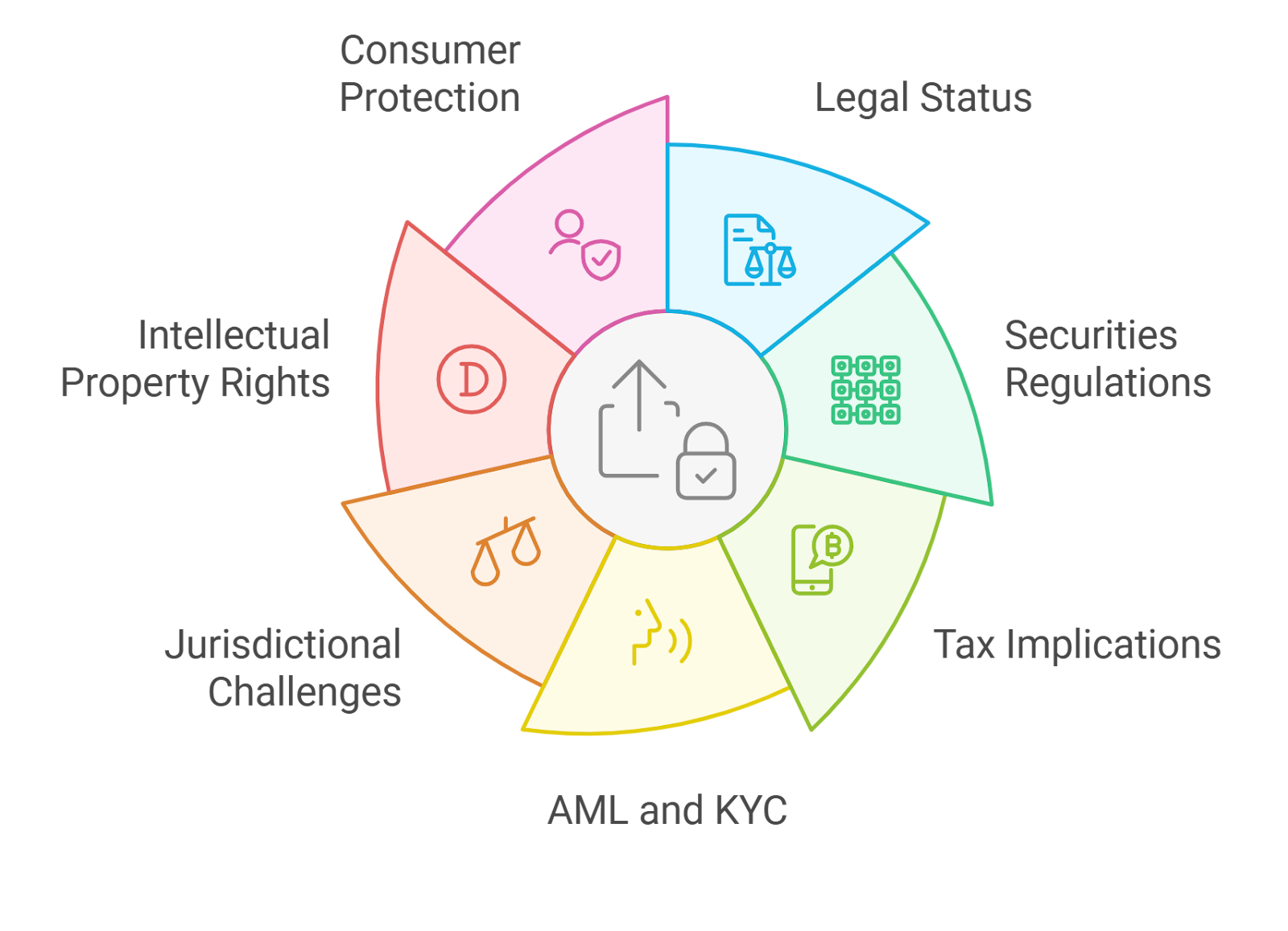
3. Interoperability and Decentralized GovernanceFOCGs are increasingly supporting cross-game asset interoperability and decentralized governance via DAOs. This empowers players to move assets and identities across platforms and participate in shaping game worlds, as seen in projects highlighted by Galaxia Studios and SynarionIT.
First, seamless user experience is now a priority. Developers are abstracting away blockchain complexity to attract mainstream gamers, as noted by industry analysts. Second, interoperability is becoming the norm, assets and identities can traverse multiple games and platforms, creating a true metaverse effect. Third, decentralized governance via DAOs is giving players an unprecedented voice in shaping game rules, economies, and future updates.
These trends collectively signal a future where game theory, blockchain technology, and player agency converge to create richer, more engaging worlds. The fully on-chain game meta is no longer just about playing to win, it’s about playing to own, influence, and profit.
Strategic depth is reaching new heights as fully on-chain games (FOCGs) mature. With every action immutably recorded and visible, players must adapt to a meta where transparency and game theory are not just features, but core mechanics. In this environment, bluffing, coordination, and economic warfare take on fresh significance, as every move can be analyzed, countered, and even monetized by others in real time. This has led to the rise of sophisticated alliances, player-run markets, and emergent gameplay patterns that simply aren’t possible in off-chain or hybrid titles.
Developers leveraging MUD and Dojo frameworks are at the forefront of this shift, experimenting with modular economic models that allow for rapid iteration and customization. For example, dynamic resource pricing, permissionless asset creation, and on-chain auctions are becoming standard features. This modularity enables games to respond quickly to player behavior, market trends, and governance proposals, ensuring that economic systems remain robust and engaging over time.
Game Theory in Practice: New Strategies for On-Chain Success
FOCGs are more than just a technological leap; they are a living laboratory for advanced game theory. Players are incentivized to think several moves ahead, not only in terms of in-game tactics but also with respect to market positioning and governance outcomes. In games like “Darkforest, ” for instance, information asymmetry and zero-knowledge proofs introduce layers of strategic uncertainty, while open economies reward those who can anticipate market shifts or coordinate collective action.
As these systems evolve, we’re seeing the emergence of new player archetypes: economic whales who shape markets, governance activists who steer development, and strategic masterminds who exploit on-chain data for competitive advantage. The result is a vibrant, constantly shifting meta where adaptability is king and long-term planning is rewarded.
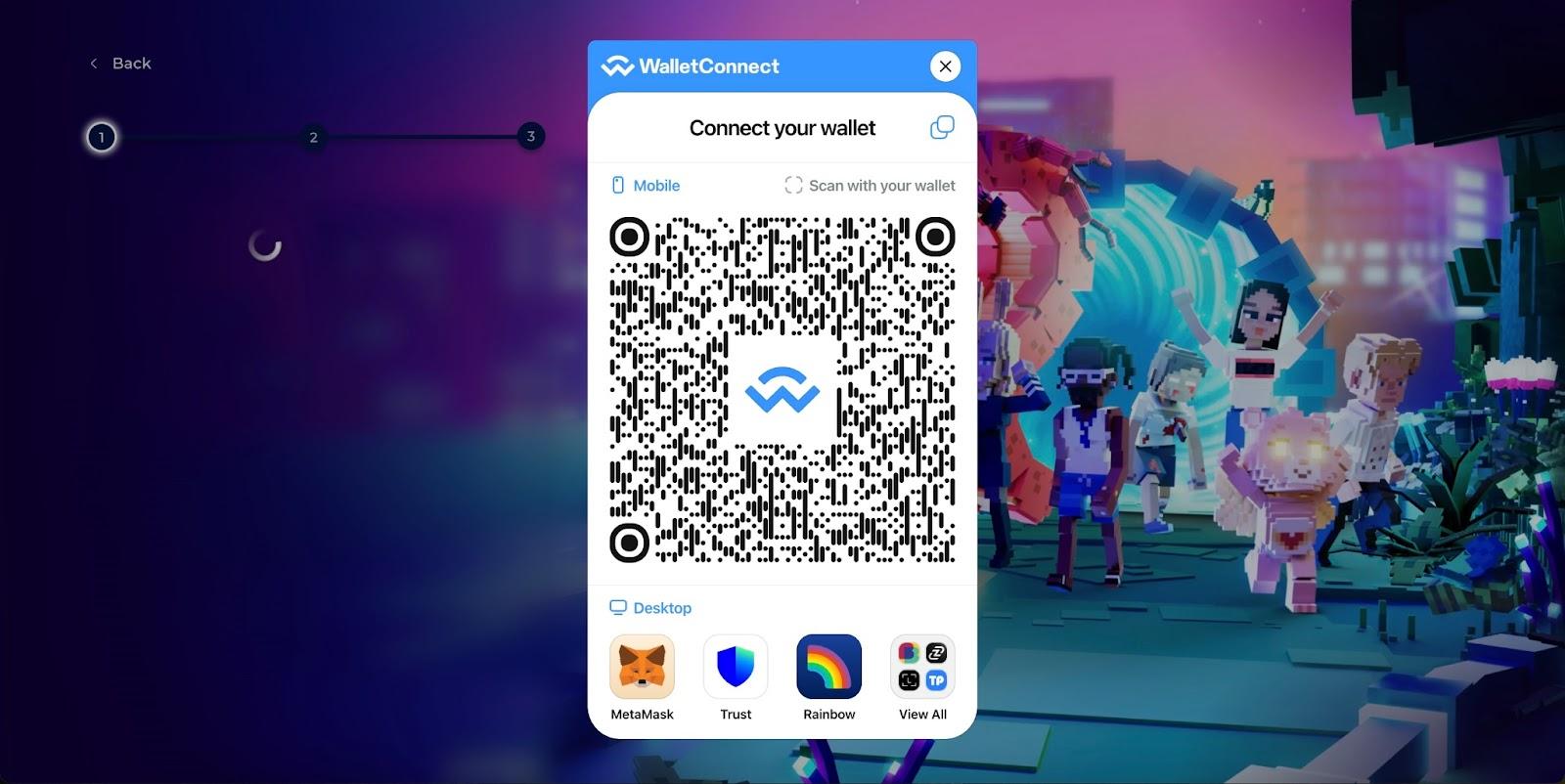
Opportunities and Challenges Ahead
Despite these advances, challenges remain. Scalability, user onboarding, and regulatory uncertainty are ongoing concerns. However, the pace of innovation in rollups, account abstraction, and wallet UX suggests that these barriers are being systematically addressed. As more players experience the benefits of true digital ownership and transparent economics, adoption is likely to accelerate.
For developers and investors alike, the opportunity is clear: FOCGs represent a new frontier where creativity, strategy, and economics intersect. Those who can master both the technical and social dimensions of these worlds will be well-positioned to shape the next generation of gaming.
Essential Tips for Success in Fully On-Chain RTS & Economic Games
-
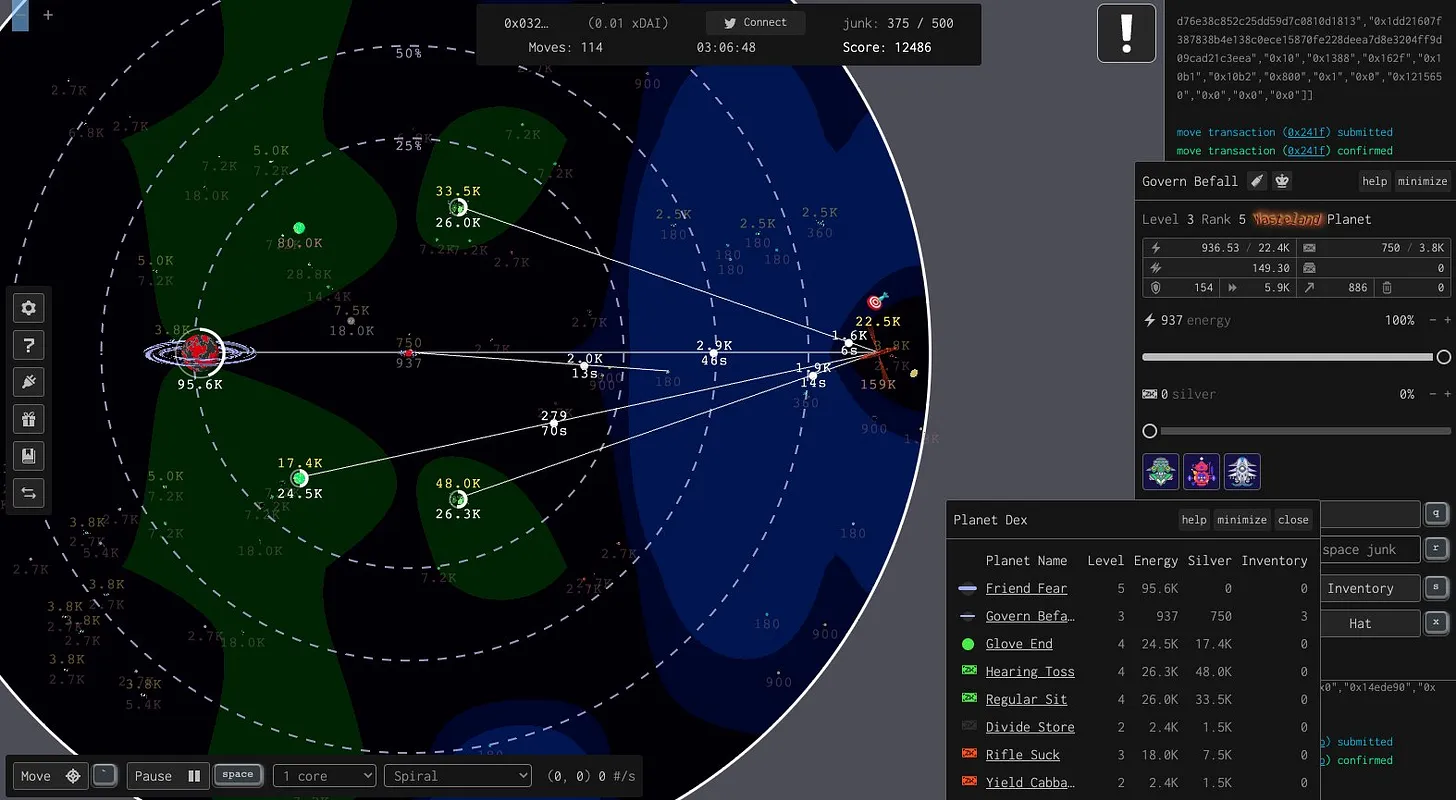
Understand On-Chain Mechanics: Study the underlying smart contracts and game logic—games like Darkforest and Supersize publish their rules on-chain. Familiarize yourself with transaction costs and block times for optimal play.
-
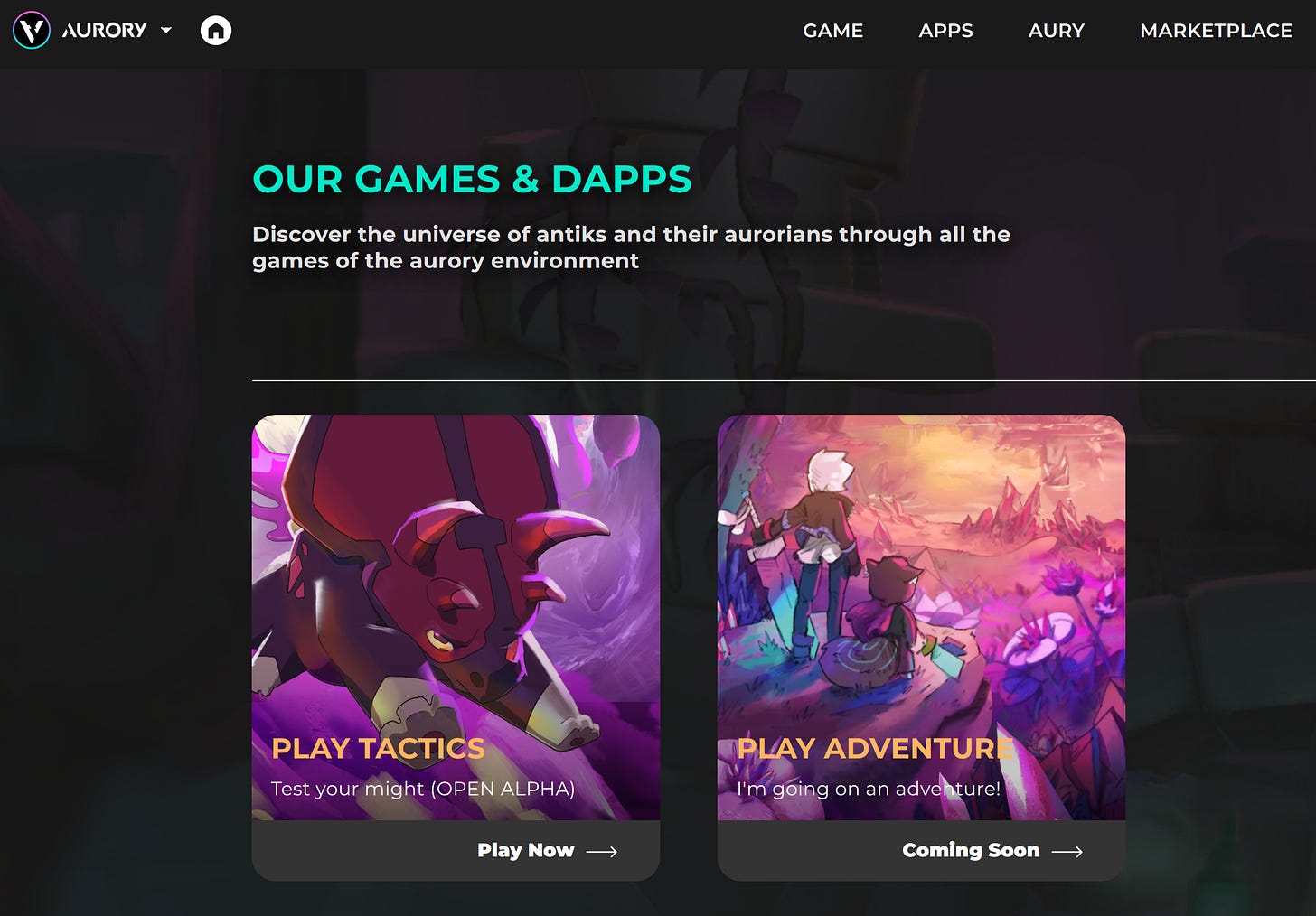
Leverage Real-Time Strategy Innovations: Take advantage of low-latency platforms such as Solana and Starknet for smoother gameplay. These networks offer near-instant transactions, crucial for time-sensitive RTS decisions.
-
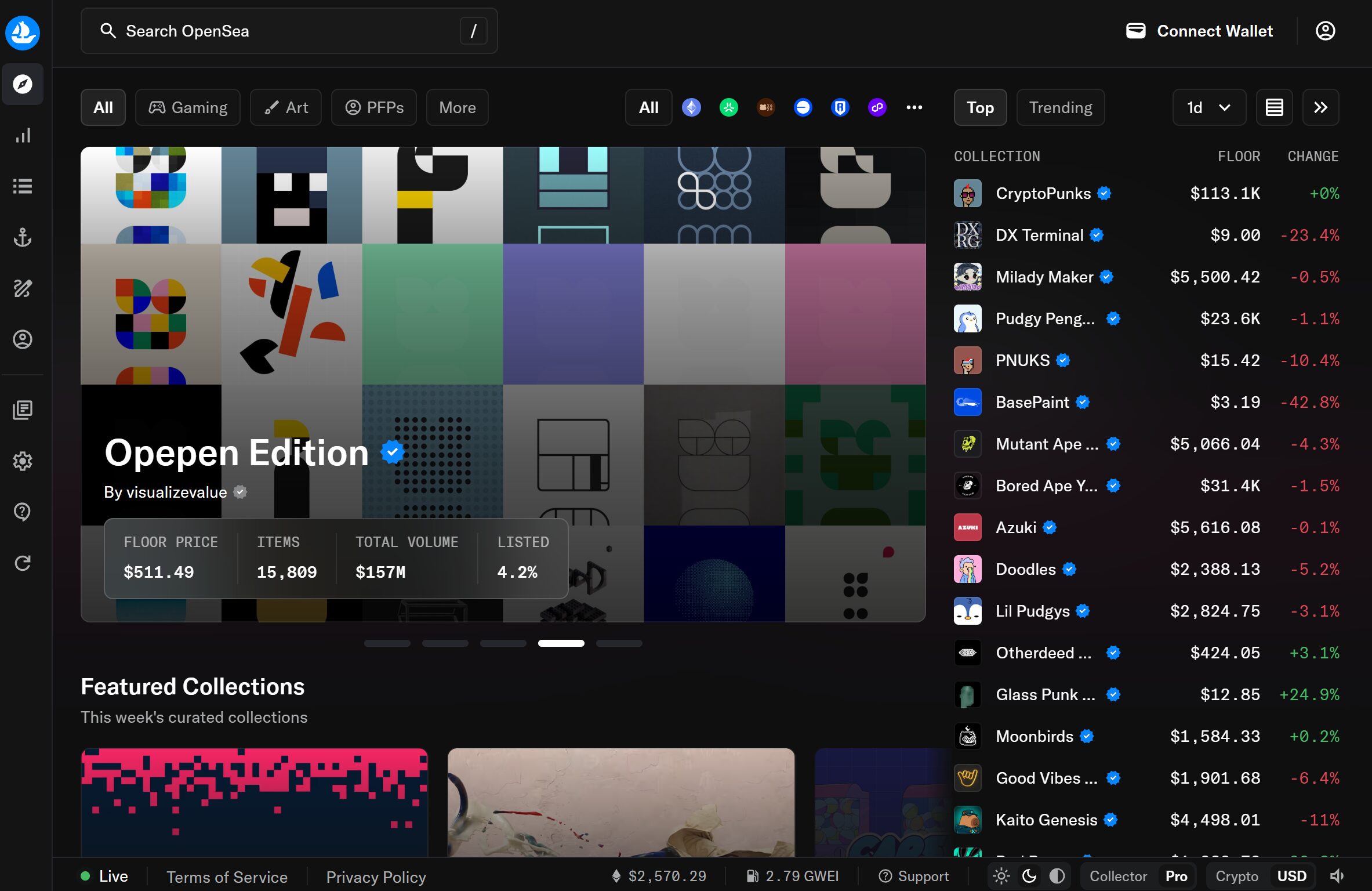
Engage in Player-Driven Economies: Actively trade NFTs and in-game assets on open marketplaces like OpenSea. Monitor market trends and use platforms that support true digital ownership and asset interoperability.
-
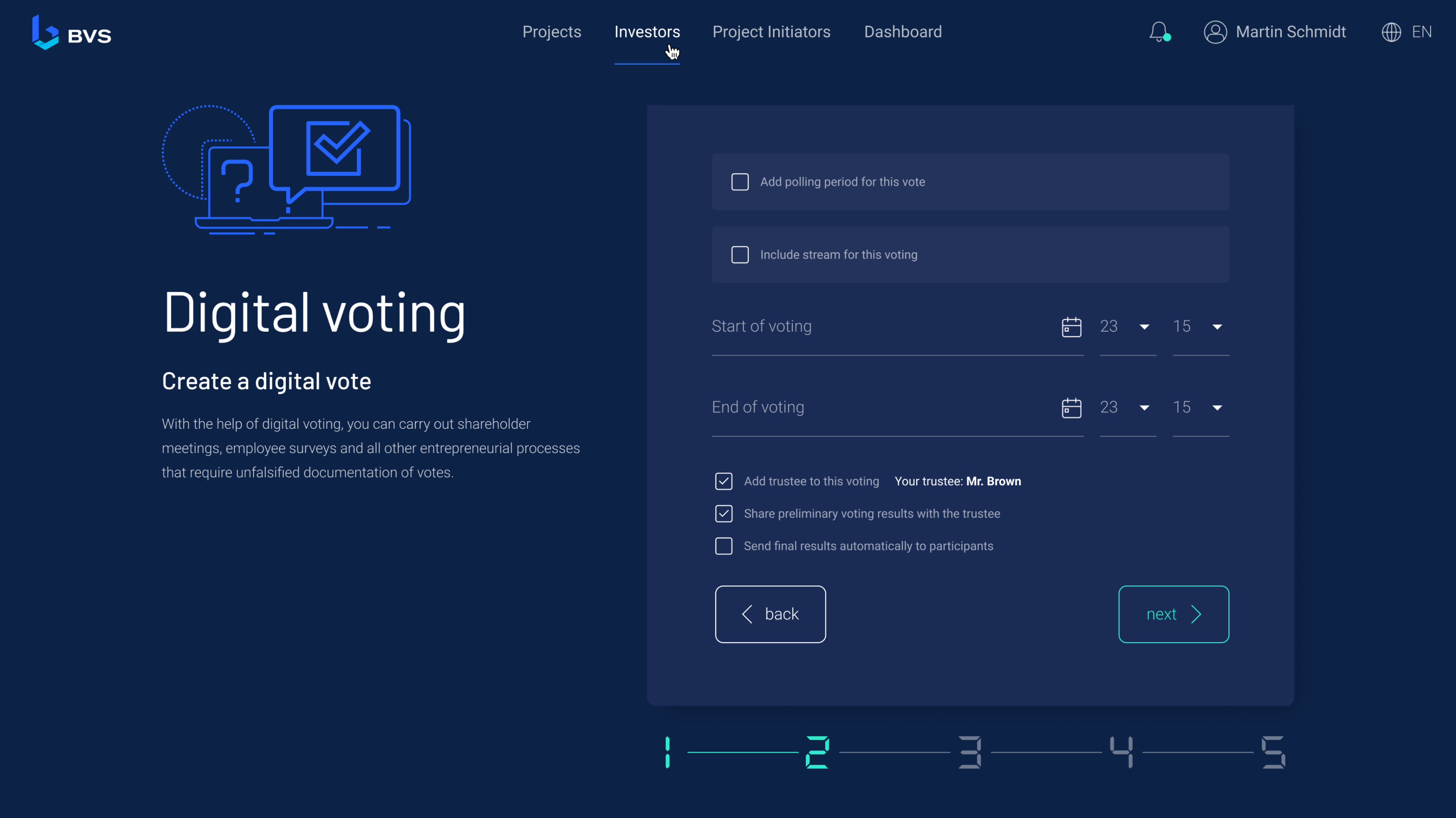
Participate in Decentralized Governance: Join DAOs and community votes in games that offer decentralized decision-making, such as Huntertales or Darkforest. Your input can shape game updates and economic policies.
-
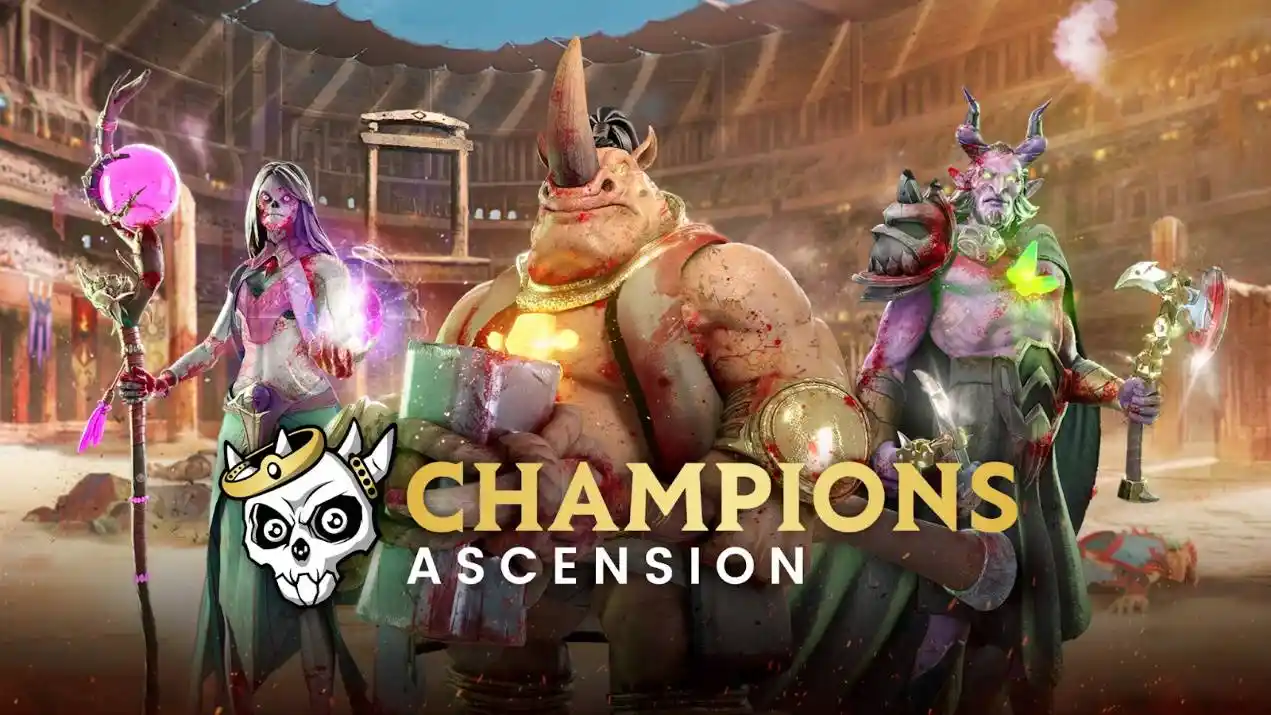
Stay Informed on Meta Trends: Follow reputable sources like PA News Lab and ChainCatcher for the latest developments in FOCGs, including new strategies, platform upgrades, and economic shifts.
-
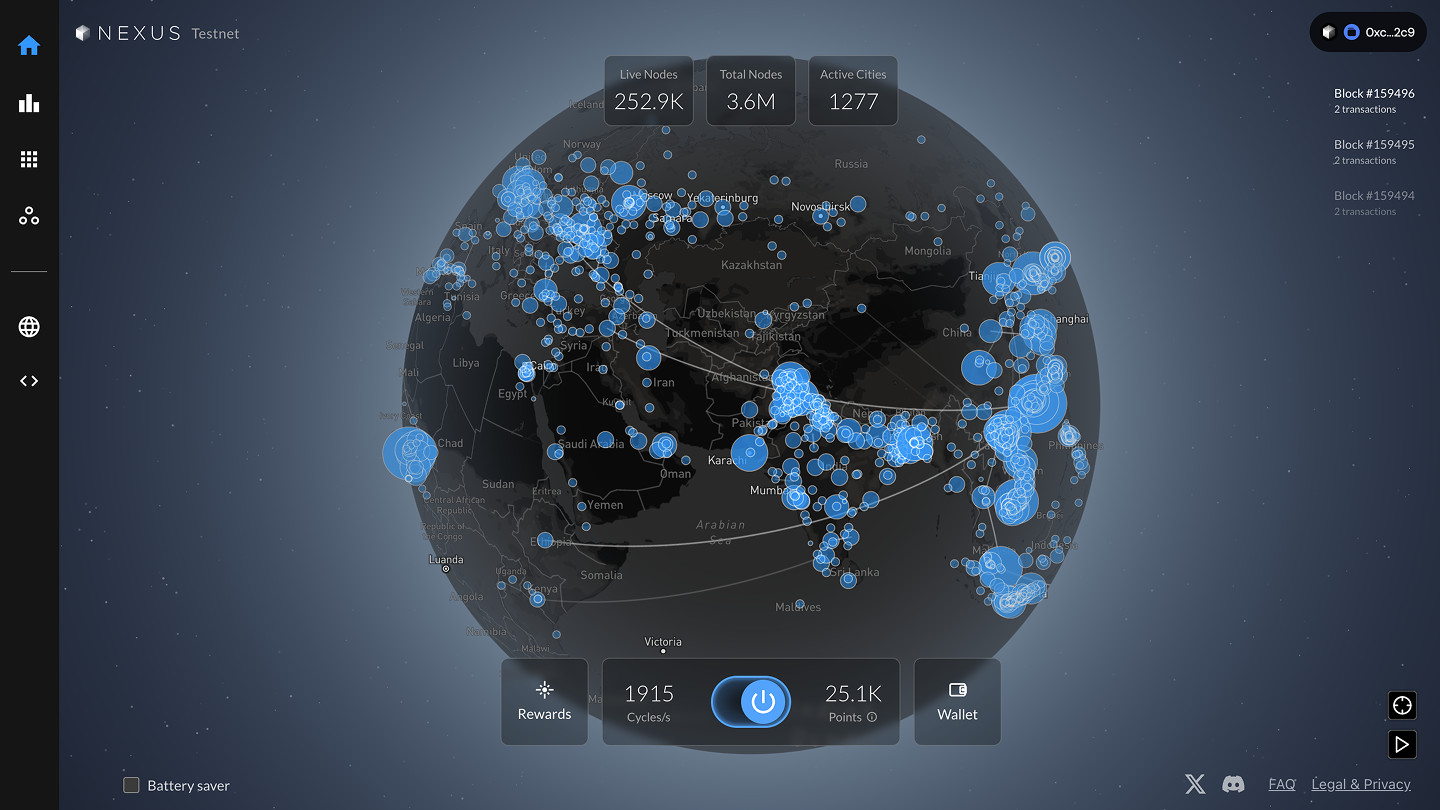
Test Strategies in Low-Risk Environments: Use testnets or games with minimal entry costs to experiment with strategies before committing significant assets. Many FOCGs offer test modes or seasonal events for practice.
As we look ahead, expect fully on-chain games to continue pushing boundaries – not just in terms of what’s possible technically, but in how we define play, ownership, and value itself. The real-time economics on-chain games meta is still young, but it’s already proving that when game theory meets blockchain, the rules of engagement are rewritten for everyone.



